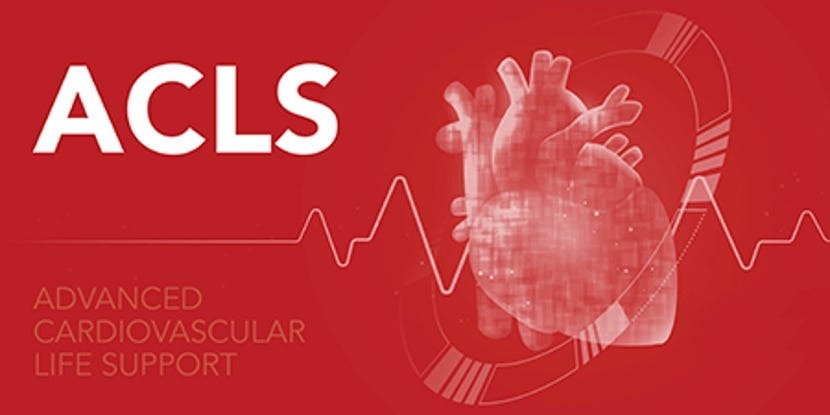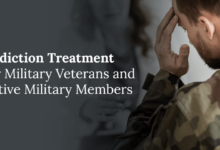Advanced Cardiovascular Life Support or ACLS is a specialized training program for healthcare professionals. It equips them with the knowledge and skills to handle medical emergencies during cardiac arrest. It focuses on interventions like cardiac arrest, acute arrhythmias, and other life-threatening cardiovascular conditions. ACLS also provides healthcare professionals with the tools to deliver high-quality, evidence-based care in emergencies.
This comprehensive training includes advanced techniques in airway management, cardiopulmonary resuscitation (CPR), defibrillation, pharmacology, and team dynamics. This empowers clinicians to lead resuscitation efforts and optimize patient outcomes.
In this blog, we will explore the key components of ACLS training. We will also delve into its importance in emergency medical care. Also if you wish to know how often to renew ACLS, this blog will be ideal for you.
What is the advantage of ACLS Renewal?
ACLS Renewal offers several advantages for healthcare professionals. This ensures proficiency and updated knowledge in managing cardiovascular emergencies. Here are some key benefits:
- Updated Knowledge:
- Renewal courses provide clinicians with the latest evidence-based guidelines and best practices in cardiovascular care, ensuring they are equipped to deliver high-quality interventions.
- Skill Refinement:
- Regular ACLS Renewal allows healthcare providers to practice and refine their skills in CPR, airway management, defibrillation, and medication administration, enhancing their ability to respond effectively in critical situations.
- Maintaining Certification:
- Many healthcare settings require ACLS certification for employment, and renewal ensures that clinicians maintain their certification status, meeting regulatory requirements and professional standards.
- Confidence in Emergencies:
- By participating in renewal courses, healthcare professionals gain confidence and competence in managing cardiac emergencies. This leads to more efficient and effective resuscitation efforts and better patient outcomes.
- Networking and Collaboration:
- ACLS renewal courses often provide opportunities for networking and collaboration with peers, allowing clinicians to share experiences, learn from each other, and improve teamwork in emergencies.
- Adaptation to Evolving Practices:
- As medical practices evolve and new research emerges, ACLS Renewal ensures that healthcare providers stay abreast of changes in guidelines and protocols. This enables them to adapt their clinical practice accordingly.
What are the steps for ACLS Renewal?
ACLS Renewal is a critical component of maintaining proficiency in managing cardiovascular emergencies for healthcare professionals. Here are the steps typically involved in ACLS Renewal:
- Assess Renewal Requirements:
- Determine the renewal requirements set by the certifying organization, which may include completing a renewal course within a specific timeframe.
- Enroll in a Renewal Course:
- Find and register for an ACLS Renewal course offered by accredited training centers or organizations. These courses are often available in-person or online for added flexibility.
- Review Course Materials:
- Prior to attending the course, review the ACLS guidelines, algorithms, pharmacology, and other relevant materials provided by the training center or certifying organization.
- Attend Renewal Course:
- Participate in the ACLS Renewal course, which typically includes interactive lectures, hands-on skills practice, case-based scenarios, and simulations to reinforce key concepts and skills.
- Demonstrate Competency:
- Successfully demonstrate competency in performing advanced cardiac life support interventions, including CPR, defibrillation, airway management, and medication administration, during skills assessments conducted as part of the course.
- Pass Written Exam:
- Complete a written exam assessing knowledge of ACLS algorithms, pharmacology, and guidelines. Achieving a passing score on the exam is typically required to obtain renewal certification.
- Receive Renewal Certification:
- Upon successful completion of the ACLS Renewal course and passing the written exam, receive a renewed ACLS certification from the training center or certifying organization, typically valid for another two years.
- Update Provider Records:
- Ensure that your provider records are updated with the renewed ACLS certification, and provide copies of the certification to your employer or relevant regulatory bodies as needed for credentialing or licensing purposes.
By following these steps, healthcare professionals can successfully renew their ACLS certification, ensuring they remain competent and prepared to manage cardiovascular emergencies in clinical practice.
How often should I renew ACLS certification?
Here’s a guide on the frequency of ACLS certification renewal:
- Certification Validity: ACLS certification typically expires every two years from the date of initial certification or last renewal.
- Renewal Timeline: Healthcare professionals should plan to renew their ACLS certification before it expires to ensure continuous compliance with certification requirements.
- Regulatory Requirements: Check with your employer or regulatory body to confirm specific renewal timelines and any additional requirements mandated by your workplace or jurisdiction.
Conclusion
ACLS certification typically expires every two years. So if you want to know how often to renew ACLS, you will need to sit for a renewal test within 2 years. Healthcare providers should also consider the importance of ongoing professional development and continuous learning in cardiovascular care. By renewing ACLS certification regularly, individuals can show their dedication to serving the community for better and healthier days. If you haven’t yet, take the first step today and get enrolled in an Advanced Cardiovascular Life Support training class.




